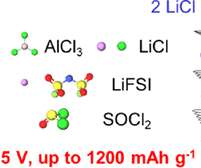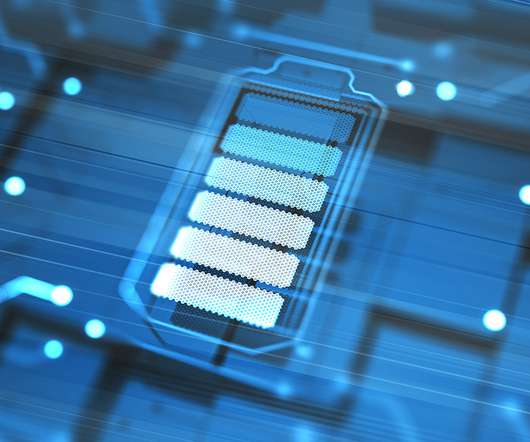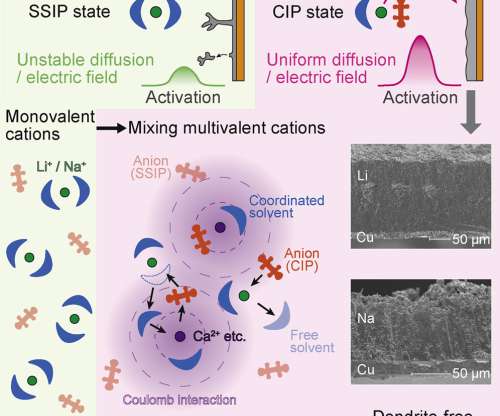Researchers use graphite positive electrodes in high-capacity rechargeable lithium/chlorine batteries
Green Car Congress
DECEMBER 12, 2022
The high surface area and large pore volume of aCNS in the positive electrode facilitated NaCl or LiCl deposition and trapping of Cl 2 for reversible NaCl/Cl 2 or LiCl/Cl 2 redox reactions and battery discharge/charge cycling. The study is published in the Journal of the American Chemical Society. 2c07826.
































Let's personalize your content